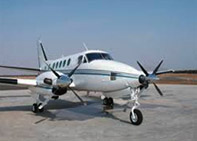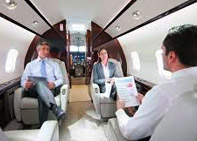Pilot Training -
Airmen Knowledge Test Guides
- Aviation Weather For Pilots and Flight Operations Personnel
- Certification: Pilot & Flight Instructors & Ground
Instructors
- Aviation Weather Services
- Stall and Spin Awareness Training
- Pilot Certificate: Aircraft Type Rating
Private Pilot
The Airman Education Programs offer you post crash survival and
aviation physiology courses for general aviation pilots, passengers,
and aircrew.
Handbooks
- Aircraft Weight and Balance Handbook
- Airplane Flying Handbook
- Amateur-built Aircraft & Ultralight Flight Testing Handbook
- Balloon Flying Handbook
- Glider Flying Handbook
- Parachute Rigger Handbook
- Seaplane, Skiplane, and Float/Ski Equipped Helicopter Operations Handbook
The Pilot's Handbook of Aeronautical Knowledge
The Pilot's Handbook of Aeronautical Knowledge supplies the basic
knowledge that is required for pilots. The handbook will introduce
to the wide spectrum of information that will be required as they
progress through their pilot training. This Handbook is useful
to beginner pilots, as well as those interested in the more advanced
pilot certificates.
Precision Runway Monitor Training (PRM)
This gives you information about conducting closely spaced parallel Runway Monitor. It also gives you training requirements for instrument landing systems and localized direction systems.
Advanced Qualification Program (AQP)
The advanced qualification program is used for pilot training and checking. The Program implies a orderly front-end summary of the training requirements needed.
National Simulator Program (NSP)
The use of the National Simulator Program's is to improve aviation
safety through regulations and standards. This gives you
qualifications in simulated flight training and improvement in
flight simulation.
Industry Training Standards
The Industry Training Standards is designed to improve aviation
safety. This is done by forming flight training programs that
are less expensive, more accessible, and of more relevance to
the National Airspace System users.
Instead of training pilots to pass practical tests, it focuses
more on getting through the real-world challenges, improving the
pilots risk management, decision making, and single pilot resource
management skills.








